Hi, guys! Today I have prepared for you another post about natural methods of hair dyeing care – a walnut leaf lotion that dyes the hair brown.
In addition, the nut has an astringent effect, has antibacterial, anti-dandruff properties and strengthens bulbs. It’s definitely worth taking an interest in this plant and including it in your hair care, even if not as a paint, then in the form of scrubs to the scalp. This is definitely one of the cheapest methods to strengthen our hair, known for a long time in the world of hair bloggers.
Therefore, as soon as I saw the young leaves of a nut growing in the countryside and far away from the road I immediately collected them and did a test on my own hair. If you are interested in how walnut leaf lotion worked out for me both in the form of wretches and dyeing hair lotion, I invite you to the rest of the post.
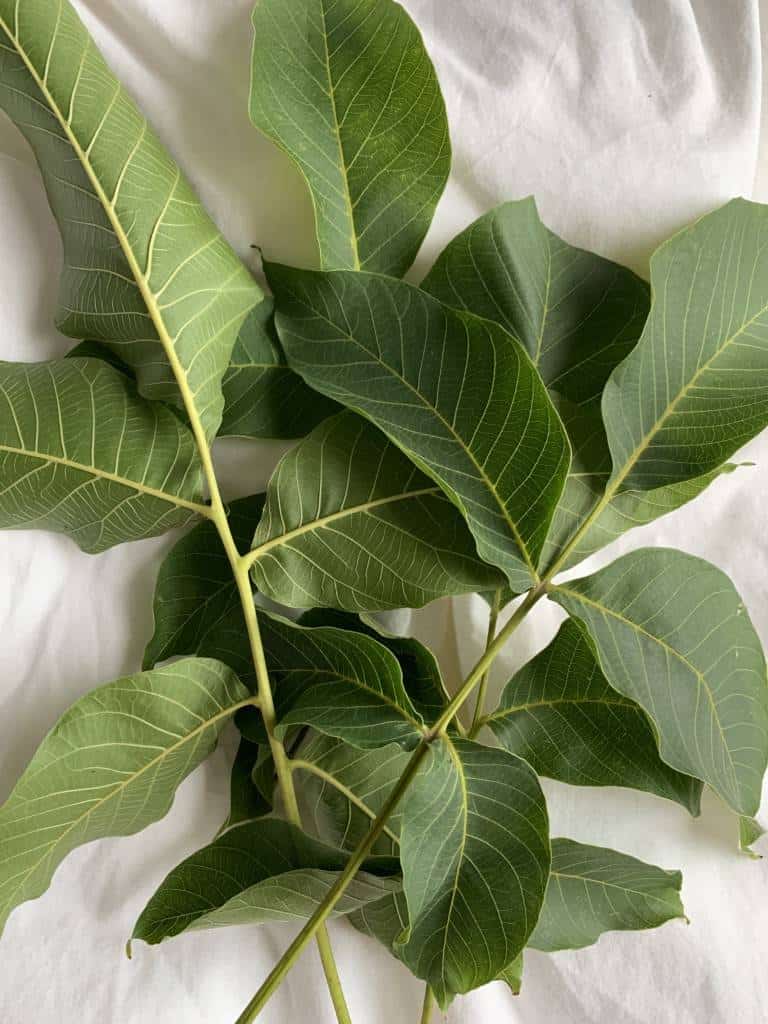
Why walnut
Young leaves and green walnut shells are a rich source of vitamins and minerals necessary for scalp health, including: manganese, iodine, magnesium, calcium, silicon, selenium, potassium, iron, sodium, phosphorus, beta-carotene, and group vitamins B, vitamins C, E, K and vitamin P. Both leaves and shells green and dried contain dyes that give the hair a brown color.
The shade depends on our initial color, it is also not permanent, like ordinary paint, but if you have access to a tree, nothing prevents you from buying such a color improvement from time to time.
Where can you find walnut?
The best hair dyes are green, unripe nut peels and young leaves. The leaves are best collected at the turn of June and July, and the time for skins is the end of July and the beginning of August until September.
Walnut can be found on a bicycle trip along country roads or even growing in the city, in the wild or in the gardens. You can also ask the owner of the tree to pick a few leaves (we never steal!).
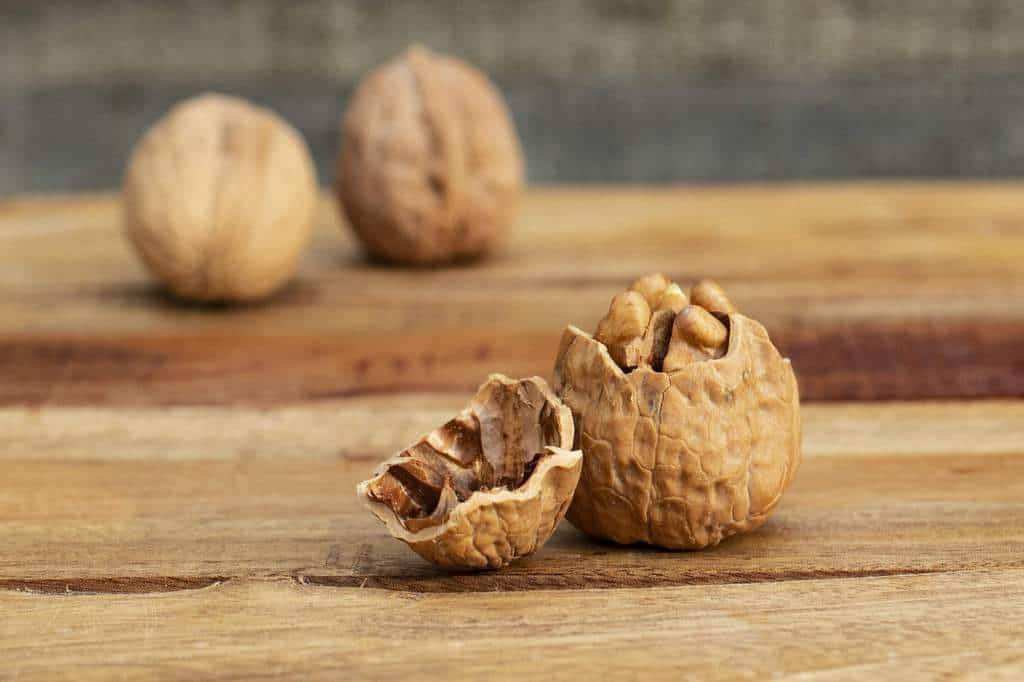
We use the leaves at once, but can also dry them up. In a herb and vegetable dryer: the drying temperature should not exceed 40 degrees, or you can also dry the leaves naturally – in newspapers, in a ventilated and dry place, e.g. in the attic, on the windowsill.
You can also find dried leaves in many herbal stores.
Another option is to use shells from eaten nuts, which are easy to find at markets and in stores. Remember, however, that the shales dye your hair a darker brown shade.
We use one recipe for all materials, the same as for nut rinse.
Walnut leaf dye – how to make it?
Ingredients:
- freshly picked, young nut leaves (/ or green, brown slate)
- water and a pot, which we do not harm
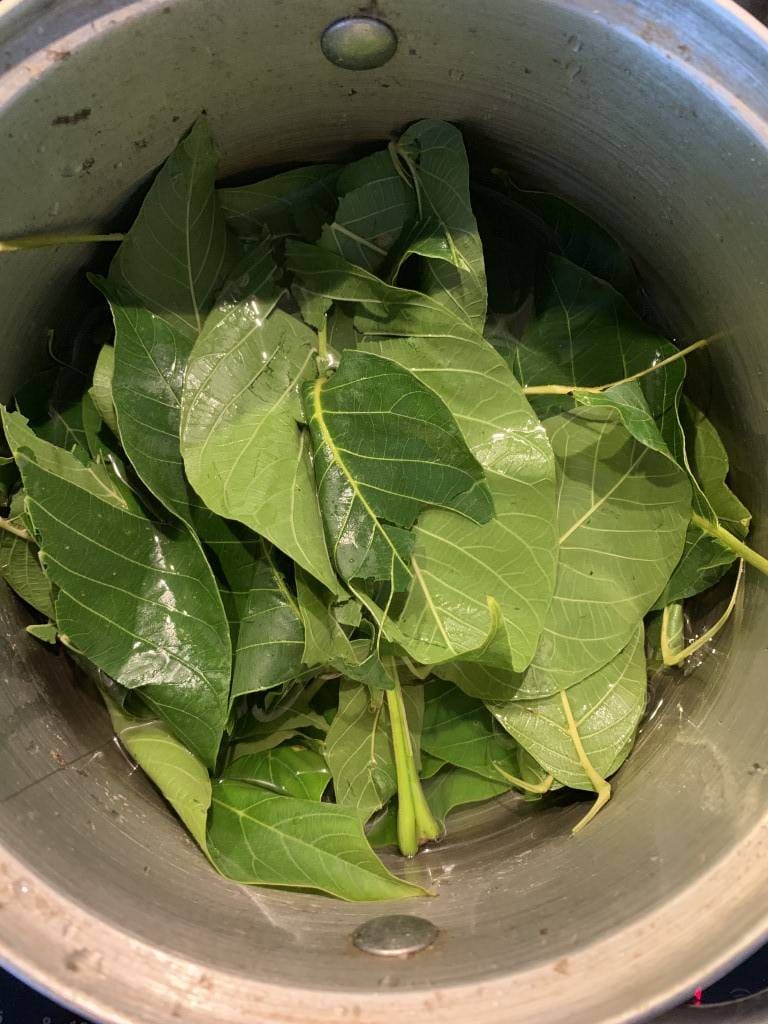
Execution:
The leaves are rinsed under running water, we check if they are healthy and there is nothing on them. Then we pour water over them – to cover them, cover the pot and turn on the burner. We bring the water to a boil, and then boil for about 10 minutes on low heat. Then we leave the rinse to stretch. Just before use, we can remove the leaves, strain the decoction and dissolve it a little in water.
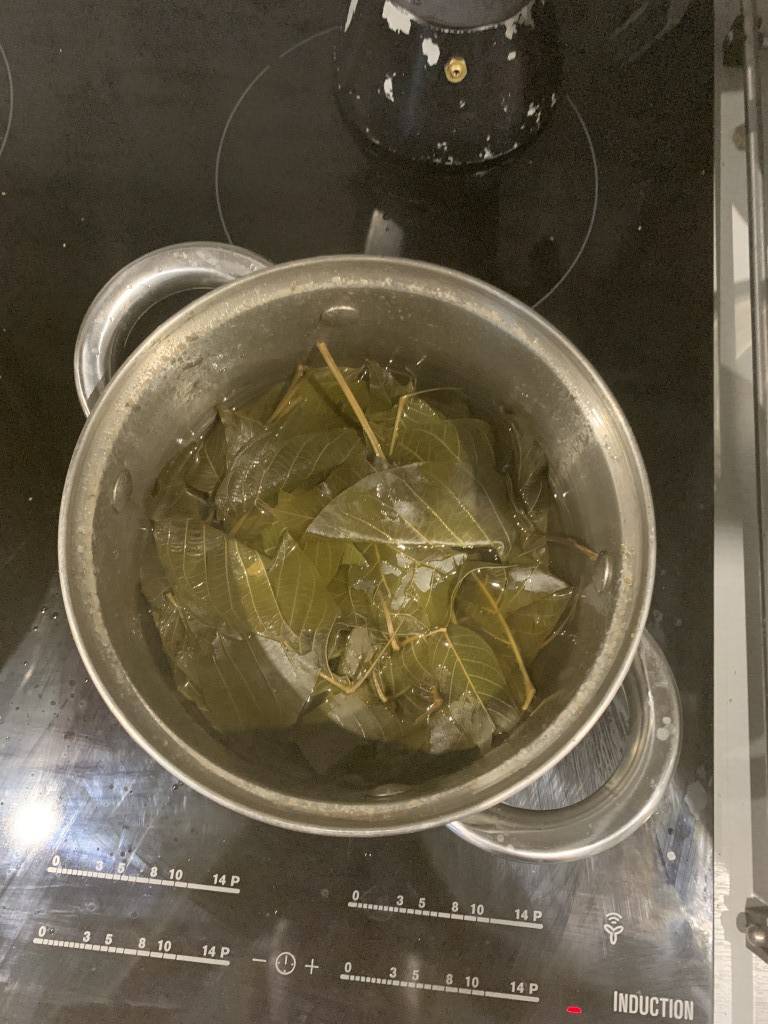
Walnut leaf for hair – how to use?
Time needed: 30 days.
How to dye your hair with a nut rinse:
- Hair cleansing:We wash the hair and apply any mask or conditioner.
- Lotion turn:Wash them with water and pour the hair with a nut rinse, preferably leaning over the bathtub and above the bowl. Pour the head with the collected liquid using a smaller container, e.g. a cup.
- We rinse the hair in a decoctionIt’s best to do this for at least 5-10 minutes, holding the ends in liquid.
- After rinsing:We do not rinse the hair, we only unscrew it from excess water and let it dry.
- Tip protectionYou can use a little silicone serum or conditioner for the ends of the hair, because the herbs like to dry them.
- Next time, we wash our hair as usual.
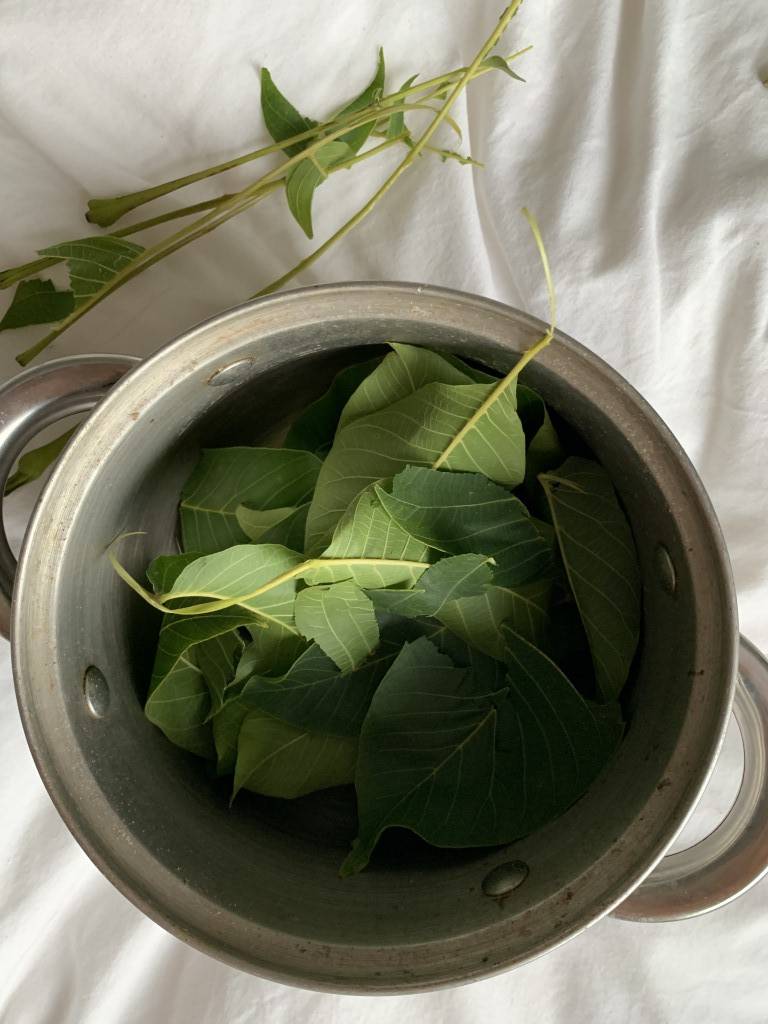
Nut leaf rince – a natural, homemade self tanner?
Some people use a decoction of walnut leaves in a skin dyeing bath: as a DIY home body tanner. Unfortunately, I do not recommend this fashion myself, because although it sounds very promising and fast, in practice it is very dirty – pots, towels and bath tub. In addition, the color obtained on the skin is nothing like a beautiful tan. Rather not nice orange clothes.
But a decoction of leaves, shells and nut peels can work wonders for our hair. It has antibacterial, anti-dandruff and fungicidal properties, it also helps with strong hair loss, therefore it can be added to home rubs on the scalp or rubbed while using rinse.
See also: Tea rinse How to dye your hair naturally?
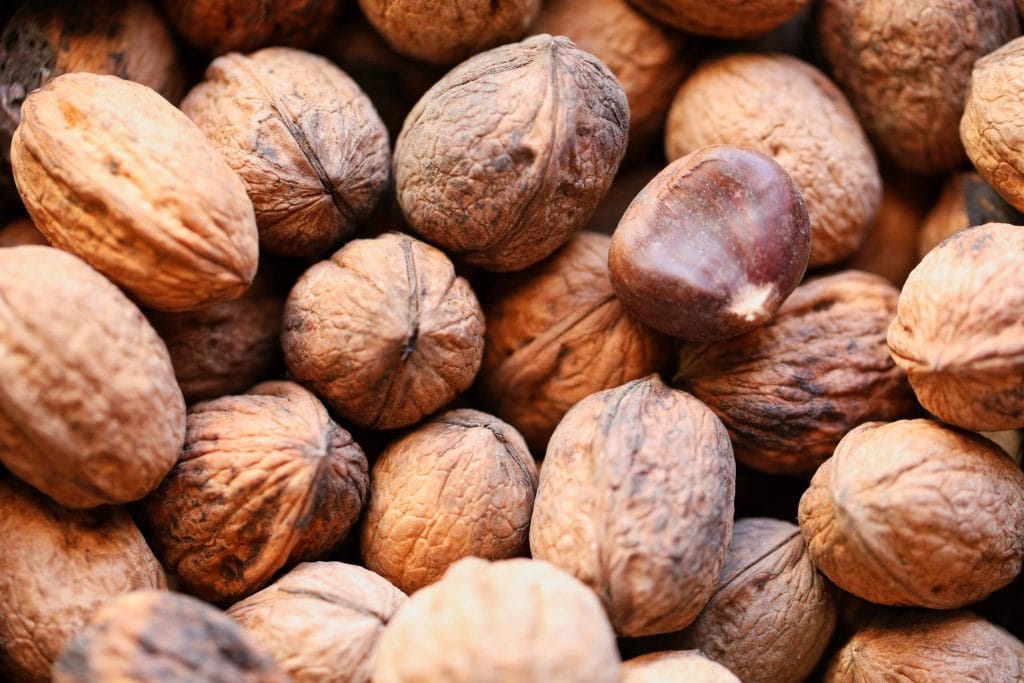
Walnut leaf rinse – my natural hair dye test
I tested the decoction myself in several ways: as a hair dye, as an ingredient in the scalp and as a conditioner spray for the length of hair, which is such a quick dyeing.
When after a few treatments the supply of my leaves ran out, I must say that the effects were visible. Admittedly, my light brown hair took on a slightly darker, brown color. However, it was quite warm, yellowish, although it did not have reddish tones. It was the color of rather weak tea. It was also quite durable, although the water was still dyed during washing, the color did not argue. I decided to cool it down a bit, covering it with a slightly cooler brown henna.
Bottom line: After all, I consider this experiment to be successful and if I meet a nut tree again, I will certainly collect more leaves for testing.

Will you try such a natural hair dye? Do you know this method?
Ania



